The IU Herbarium was established in 1885 as a research museum that now holds over 150,000 dried, pressed plant specimens mounted on large sheets of acid-free paper with attached labels that record the original collection information, any subsequent taxonomic changes, and indicators of additional research done with particular specimens. Half of the specimens were collected by Charles Deam, who wrote the Flora of Indiana in 1940, and the rest were collected by IU faculty and graduate student researchers during the past 130 years.
In the past, specimens were sent on loan from one herbarium to another, or botanists would make extended visits to herbaria in order to study the specimens and record the collection information, which would then be synthesized in published floras or research articles. Technological advancements in computing and digital photography now allow us to unlock this vast storehouse of information and make it publicly available in ways that are useful to scientists, students, and the general public.
Associate Curator Paul Rothrock and Director Eric Knox of the IU Herbarium have already completed the first three years of a five-year project designed to complete the IU Herbarium Digitization Project in advance of IU’s Bicentennial Celebration.
Rapid advances in plant molecular systematics have resulted in many taxonomic changes as researchers determine precise relationships among species in the great ‘tree of life.’ During the previous centuries, botanists had developed a good classification scheme of species in genera, genera in families, families in orders, etc., as part of the taxonomic system developed by the great Swedish botanist Carl Linnaeus. This general understanding, however, was depicted more as the great ‘cactus of life’ because the fine details of relationships could not be determined.
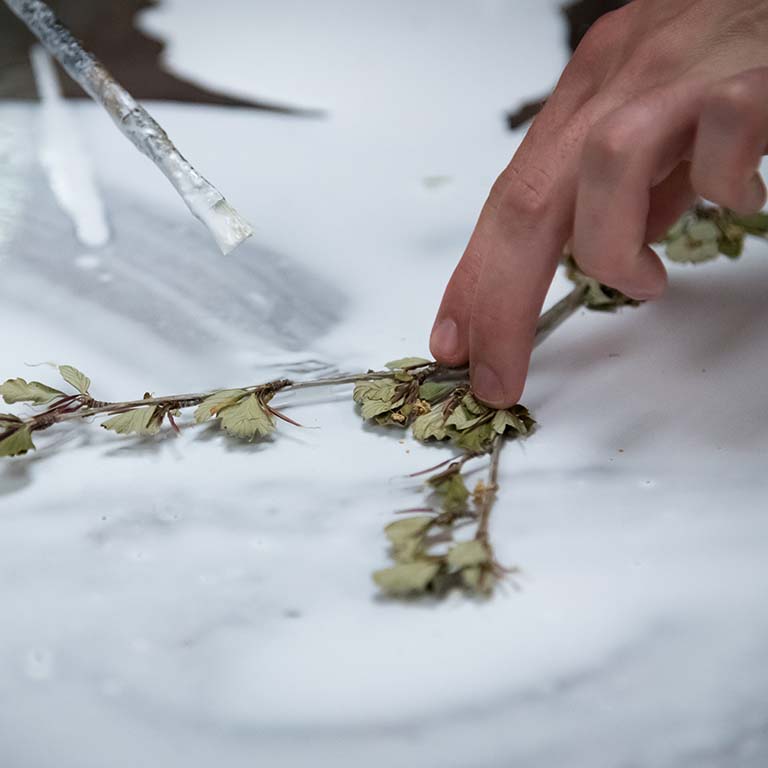
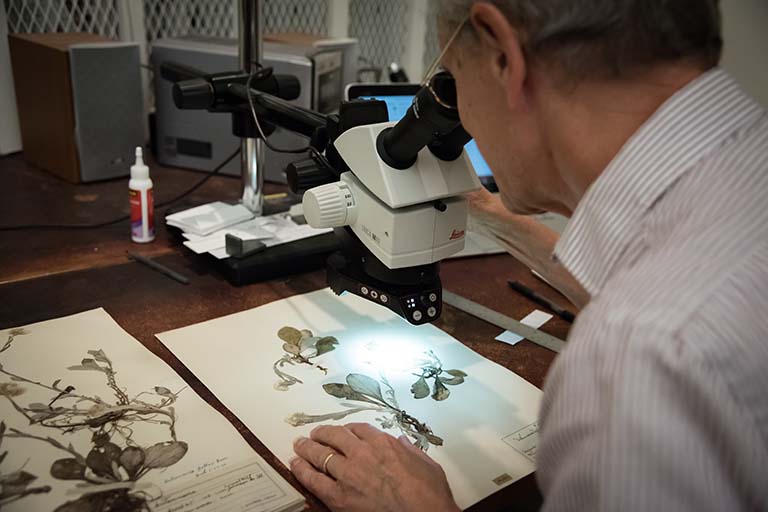
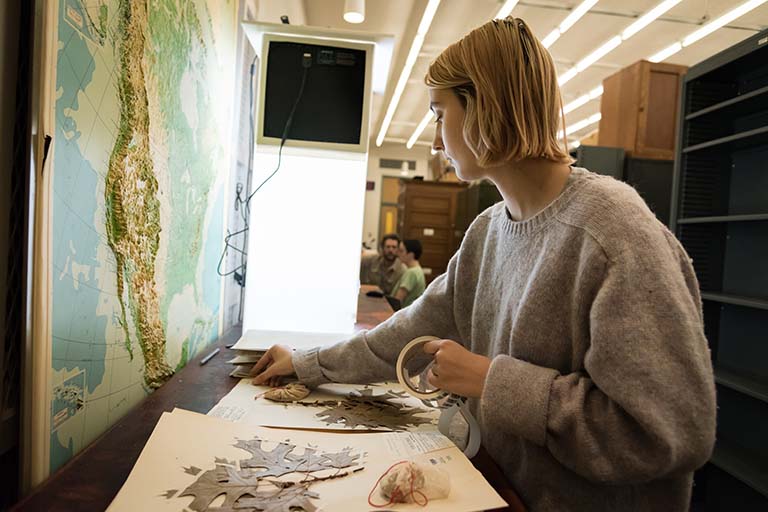
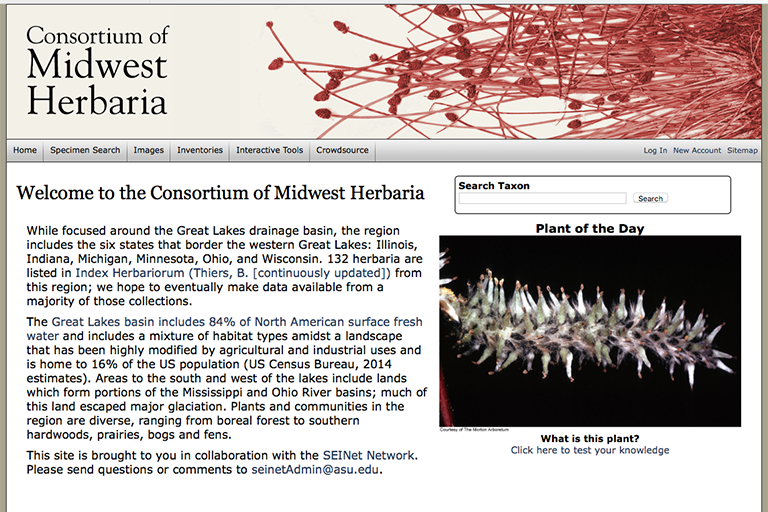
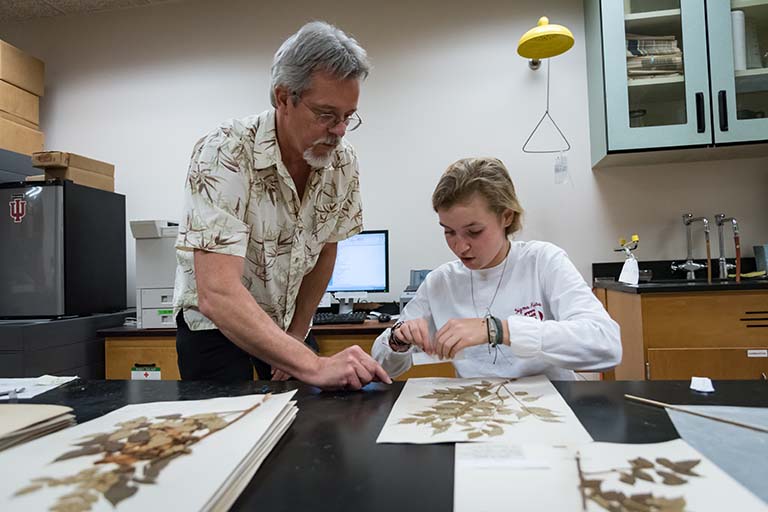
 The College of Arts
The College of Arts